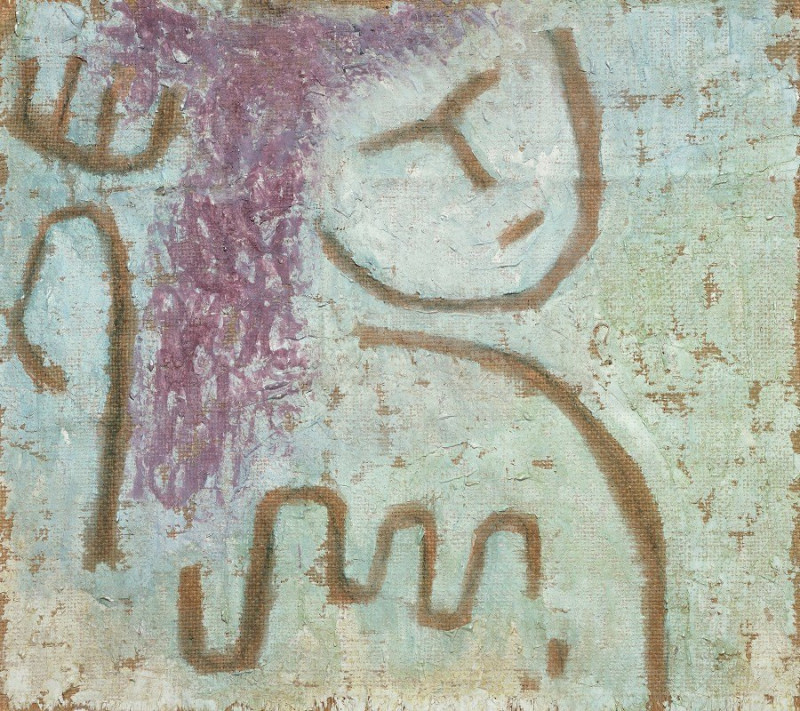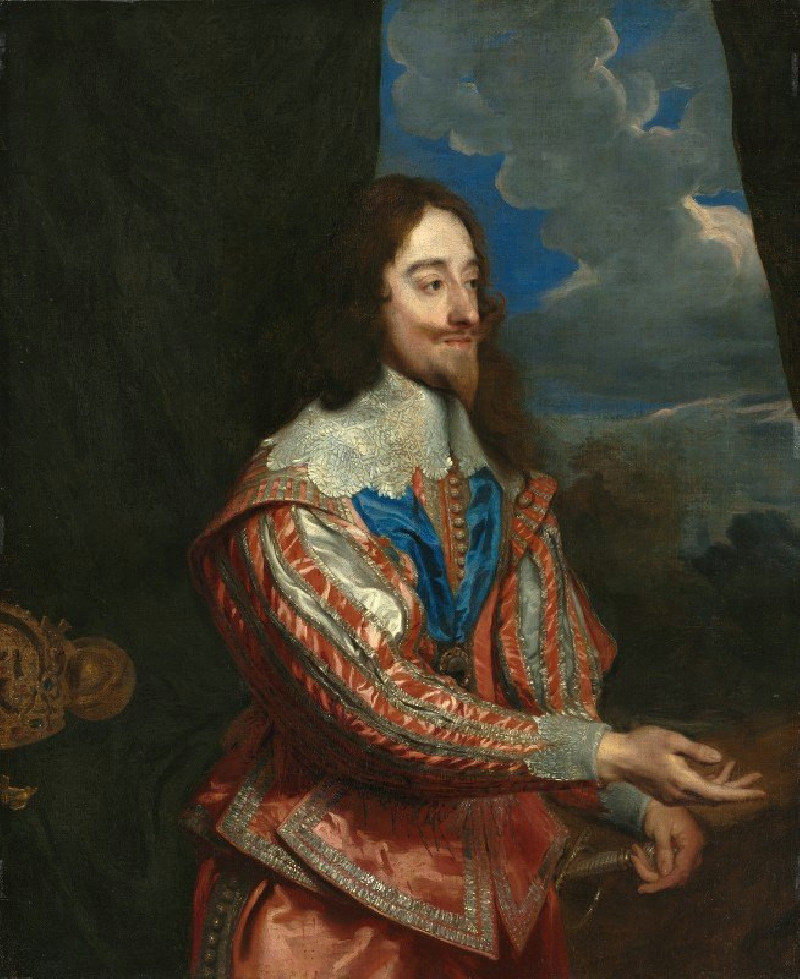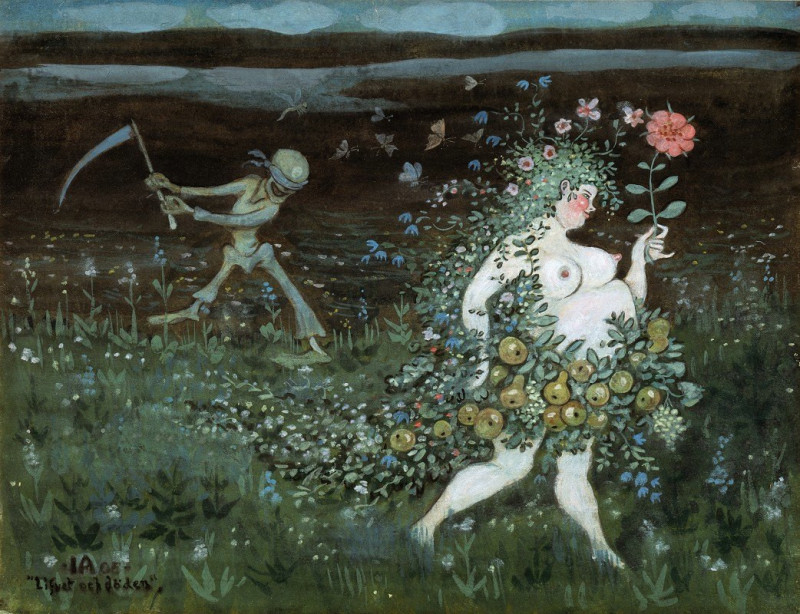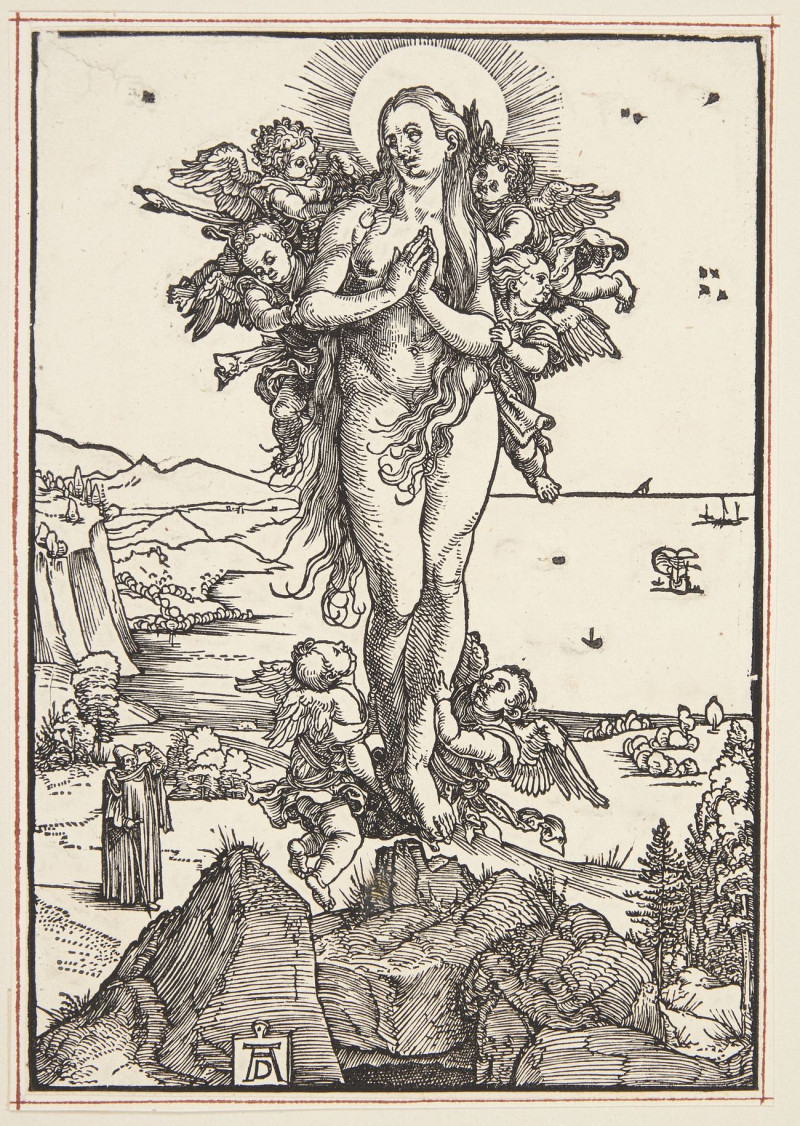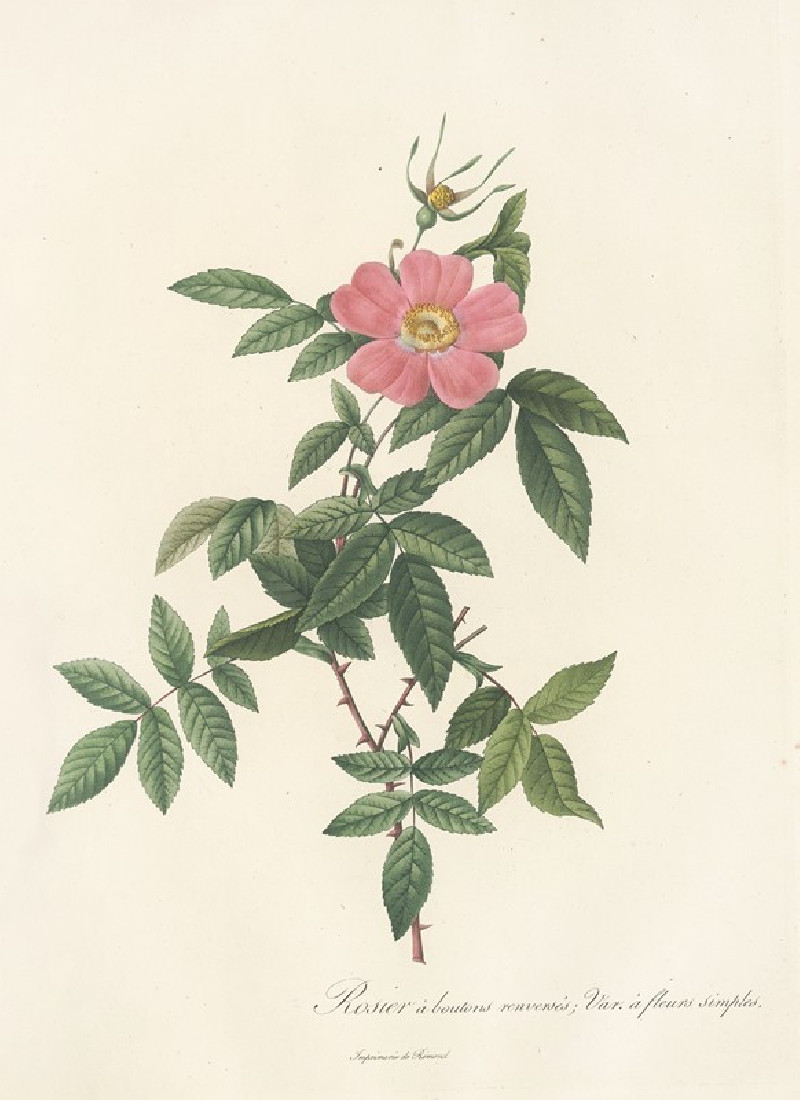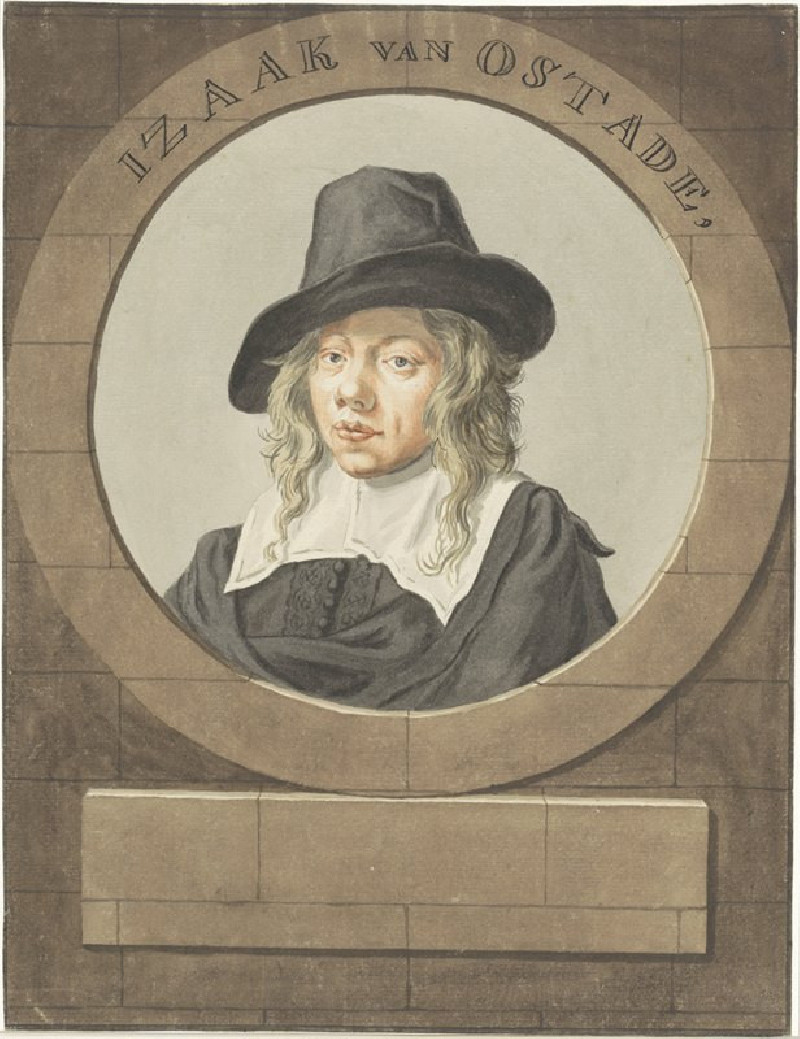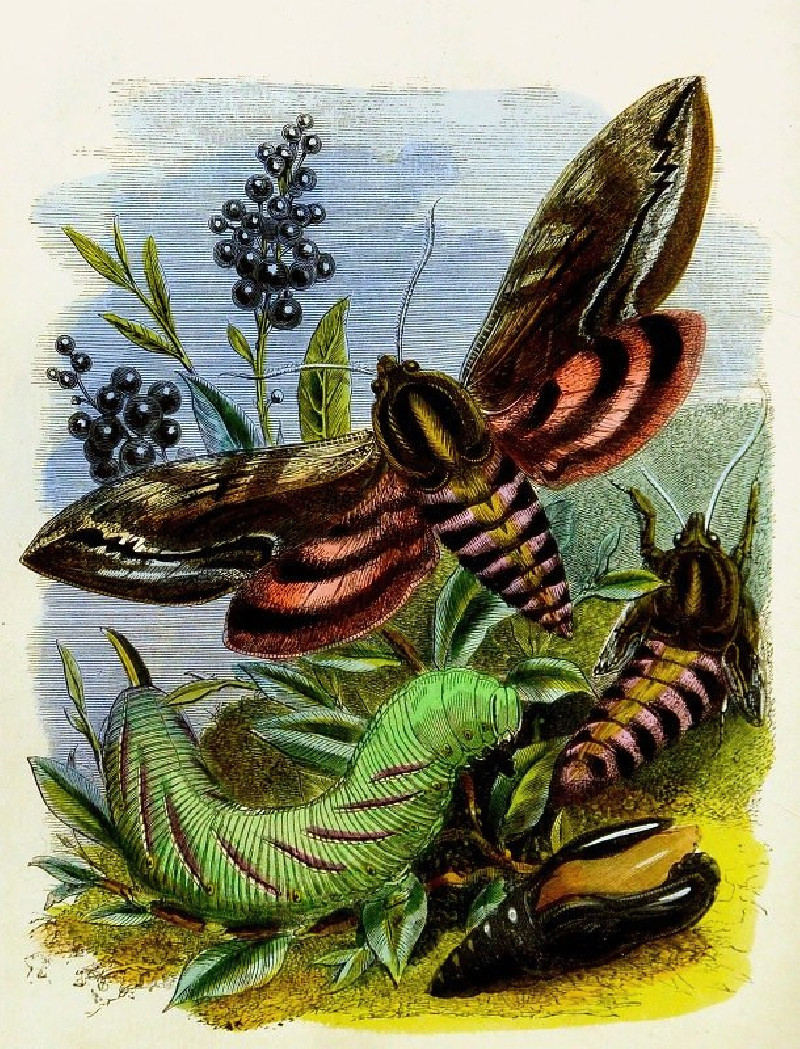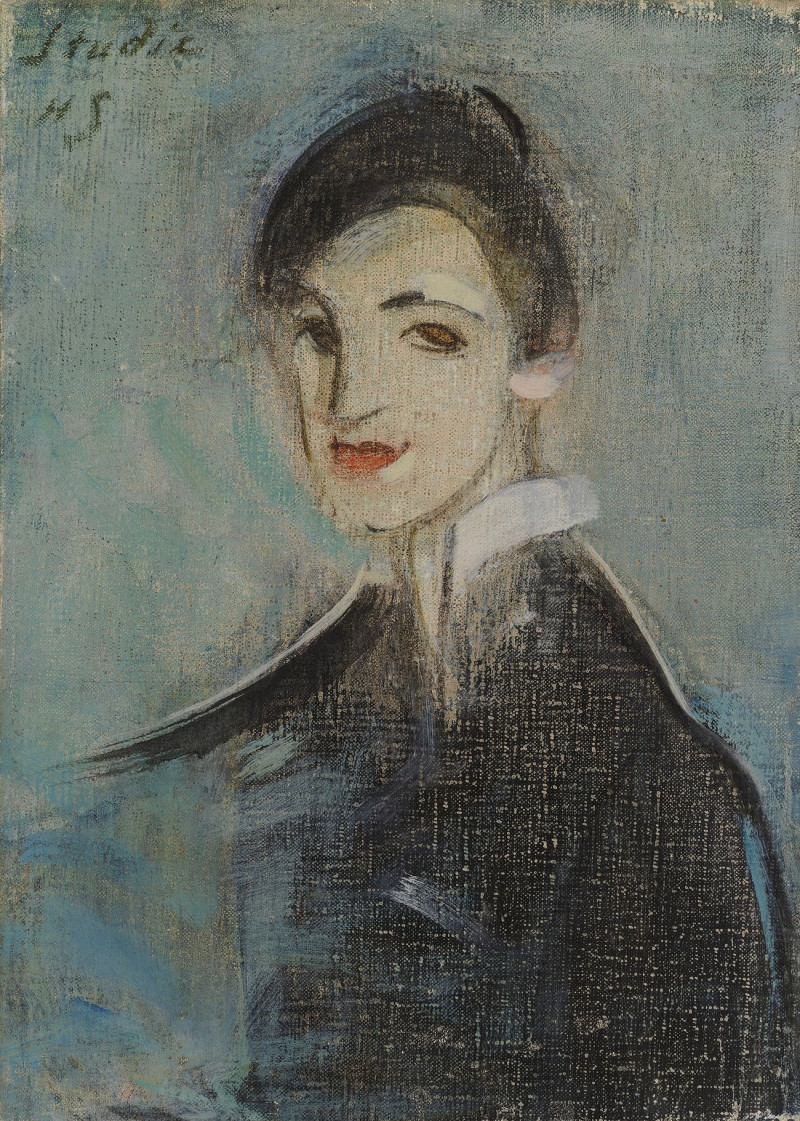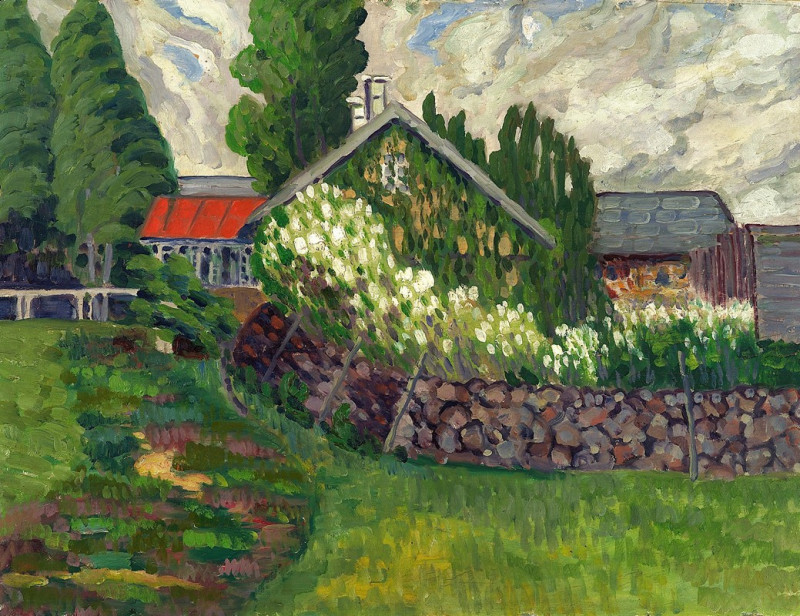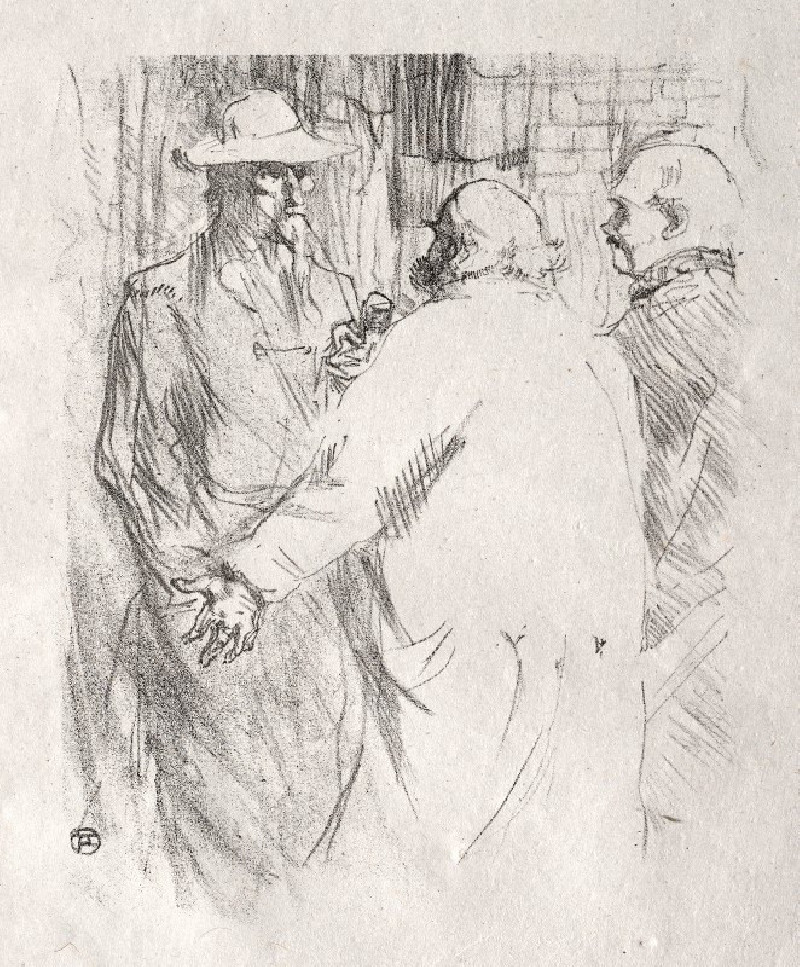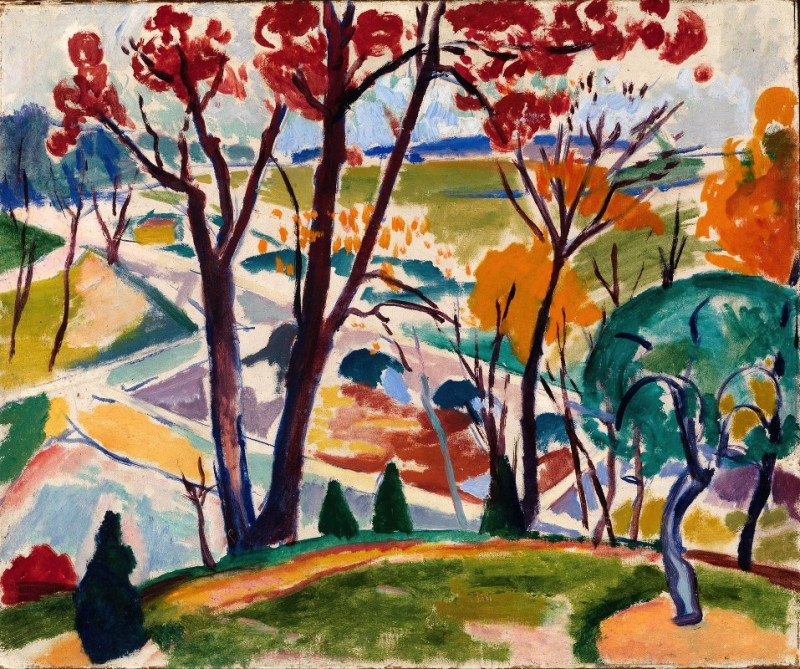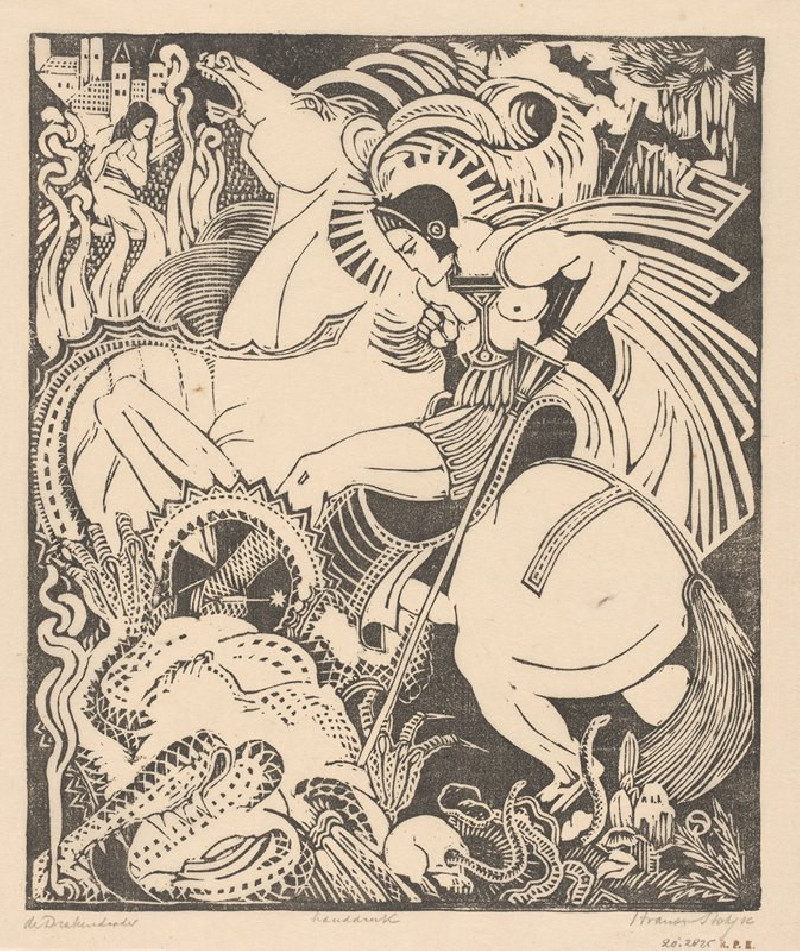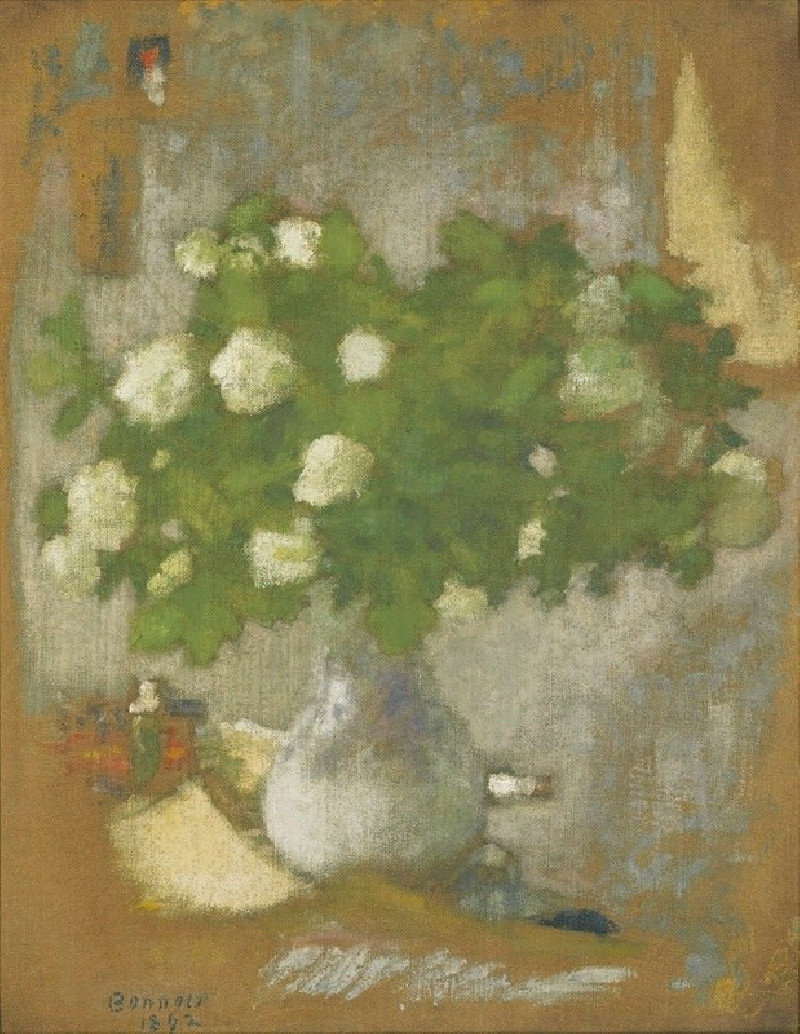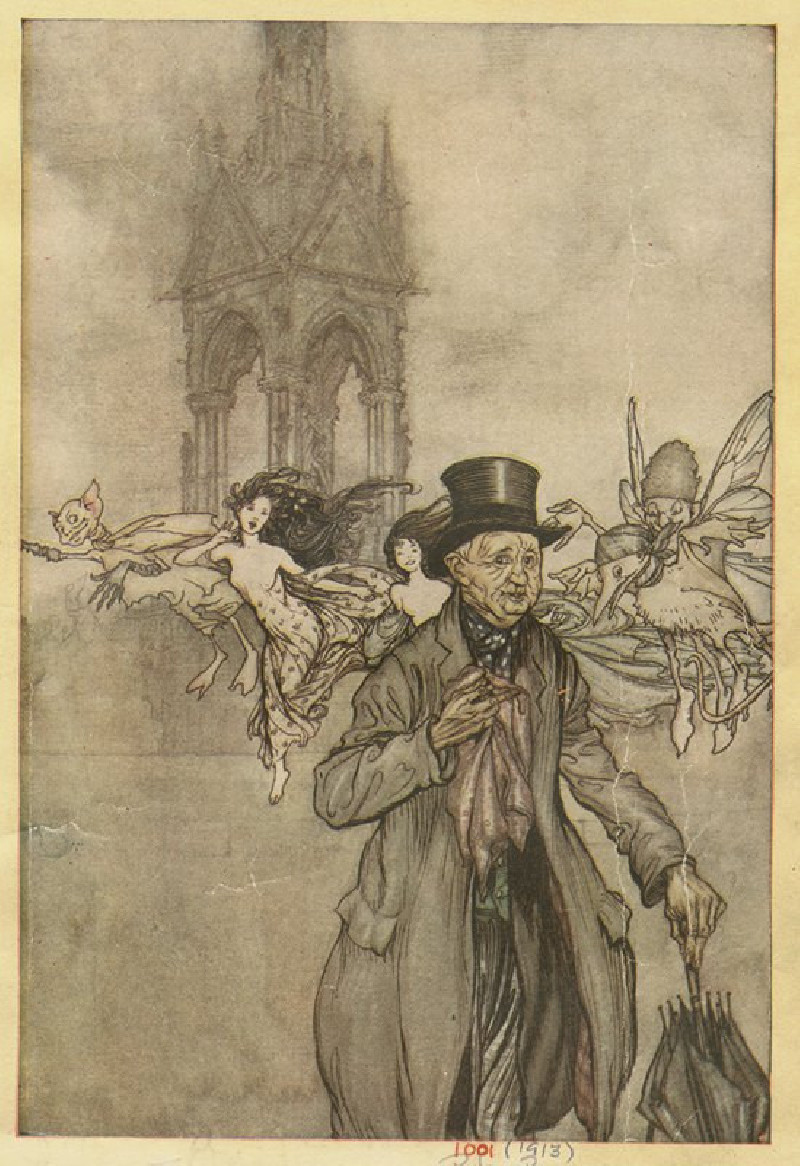Little Hope (1938)
Technique: Giclée quality print
Recommended by our customers
More about this artwork
Paul Klee, a visionary Swiss-German artist, often explored the realms of the abstract, deeply influenced by movements like Expressionism, Cubism, and Surrealism. In his 1938 painting titled "Little Hope," Klee offers a unique visual narrative that's open to interpretation yet deeply expressive.The composition of "Little Hope" is quite intriguing, displaying a mixture of floating abstract forms and symbols. The central figure-evoking image appears composed of smooth, organic lines, possibly suggesting a serene face or an elemental form, graced with what could be interpreted either as tendrils or wisps of thought or energy. The overlays of muted teal, purple and rust colors contribute a subdued yet emotive quality to the artwork, enhancing its dreamlike and contemplative feel.The title "Little Hope" itself aptly introduces an element of interpretation. It could reflect an emotional state, a commentary on the era it was painted, or a more personal introspection from Klee during the time of creation. This piece, like much of Klee’s work, invites viewers to delve into their perceptions of hope, resilience, and interpretation, making it a brilliant topic for discussion or a focal point in any collection of abstract art.On viewing "Little Hope", one experiences a blend of ambiguity and slight optimism, a hallmark of Klee’s ability to engage with profound themes in seemingly simple expressions.
Delivery
Returns
Paul Klee was a Swiss-born German artist. His highly individual style was influenced by movements in art that included expressionism, cubism, and surrealism. Klee was a natural draftsman who experimented with and eventually deeply explored color theory, writing about it extensively; his lectures Writings on Form and Design Theory (Schriften zur Form und Gestaltungslehre), published in English as the Paul Klee Notebooks, are held to be as important for modern art as Leonardo da Vinci's A Treatise on Painting for the Renaissance.

